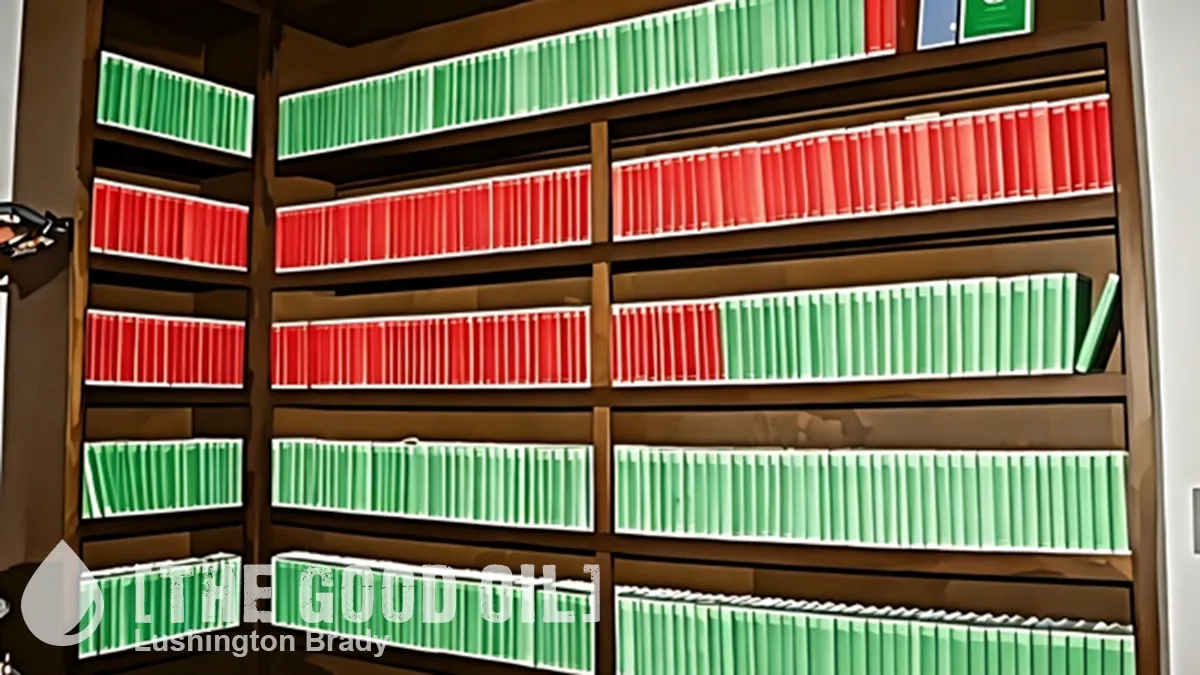Michael Bassett
Political historian Michael Bassett CNZM is the author of 15 books, was a regular columnist for the Fairfax newspapers and a former Minister in the 1984-1990 governments
Shane Jones deserves full support for his round-arm swing at the Waitangi Tribunal which is now fiddling about with a constitutional inquiry and deciding who can take part in it. A clause in New Zealand First’s coalition agreement with the National Party commits the government to amending the Waitangi Tribunal’s legislation so that the body refocuses the scope, purpose and the nature of its inquiries back to the original intent of the legislation it operates under. The Tribunal was already wandering beyond its brief when I was a member, 1994-2004. Today, it is off on frolics that are costing needless expense to taxpayers and inventing mischievous notions about the Treaty that are widening racial tension in our community.
Let me explain. When it was established in 1975, the Waitangi Tribunal’s brief was to examine complaints lodged about current government activities that ran counter to the principles of the Treaty of Waitangi. At the time, some Maori argued that the legislation did not enable the Tribunal to investigate historical grievances back to 1840. David Lange’s government responded to that criticism in 1985 by empowering the Tribunal to look into claims that Maori tribes in some cases had been unfairly deprived of their land. The government expanded the membership of the Tribunal from three members to seven, soon lifted to a maximum of 17, in order to deal with the initial rush of claims. When I joined in 1994 there were 14 members, but gradually they increased. The Tribunal’s staff expanded too, and the cost of all this rose to many millions. Some readers will remember the debates of the early 1990s about how much money would be available to redress grievances – the so-called “fiscal envelope” debate.
Gradually, a major Waitangi Tribunal industry was emerging, encouraged by research funded by the Crown Forest Rental Trust and an assortment of research grants. Tribunal members were flooded with reports of varying degrees of literacy and usefulness, most of them excessive in length. I remember asking when it was anticipated that the Tribunal’s historical investigations would wind down. Nobody could tell me. I concluded that it was unlikely they ever would. While funding was available, there would be people helping themselves to it. There were no incentives to stop the gravy train. As final reports were eventually completed, and settlements were negotiated with claimants, noises emerged amongst Maori about new historical claims, despite the legislated settlements containing the words “full and final”. Neither claimants nor the Tribunal with its expanding staff had any incentive to contemplate a world beyond the ever-lasting Waitangi gravy train.
With the bulk of historical claims nearing an end, Helen Clark’s government had the courage to put an end to the lodging of new historical claims in September 2008. But neither her government, nor John Key’s, nor Jacinda Ardern’s cut back the Waitangi Tribunal’s funds. Right now, it still has 20 Tribunal members, augmented by a few previous members and the Maori Land Court judges. The Tribunal’s only new work is what was dealt with by 3 members between 1975 and 1985 – dealing with claims about Treaty transgressions in the here and now. Not surprisingly, “Satan finds work for idle hands”. Much of the current gobbledygook assertions about the meaning of the Treaty can be traced back to the under-employed academics and stirrers currently on the Waitangi Tribunal who are trying hard to justify their existence, plus all the staff (currently more than 60) who want to keep their jobs. The recent bid, that caused Shane Jones’ ire, to have them all cogitate about a new constitution is being driven by no one except the Tribunal itself and a handful of tribal elites looking for further opportunities at the taxpayers’ expense.
Cometh the hour, hopefully cometh the Minister. Nicola Willis in the run-up to her first budget is currently looking to down-size the monstrous bureaucracy with its additional 16,000 civil servants she inherited from the Ardern-Hipkins administration. She should add the Waitangi Tribunal to her list of possible savings. Assuming that the government wishes to retain the essence of the 1975 legislation, no more than six Tribunal members are needed, and probably a staff at the Tribunal that is one-third its current size.
The Treaty of Waitangi which was signed on 6 February 1840 has been subjected to quite enough scrutiny over the years. It speaks for itself in carefully translated words, thanks to Professor Sir Hugh Kawharu. His translation was good enough for the late Maori Queen, mother of King Tuheitia. No further embellishments are needed. Nor is the over-large gravy train that successive governments have kept shovelling precious dollars into.
Shane Jones is right. A substantial downsizing of the Tribunal would be an appropriate response to his criticism.








